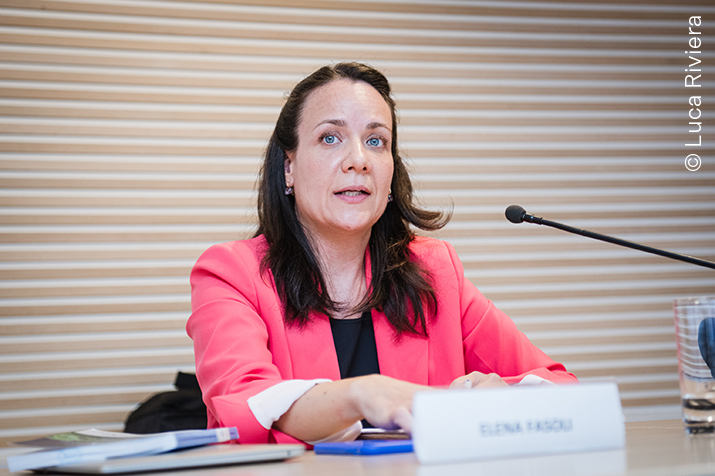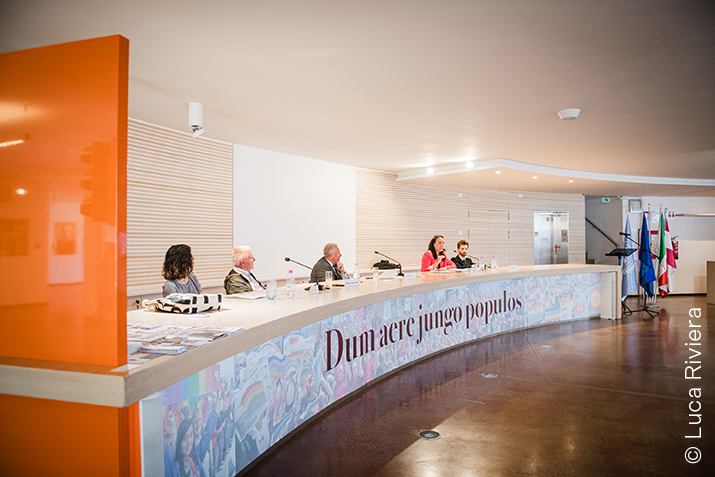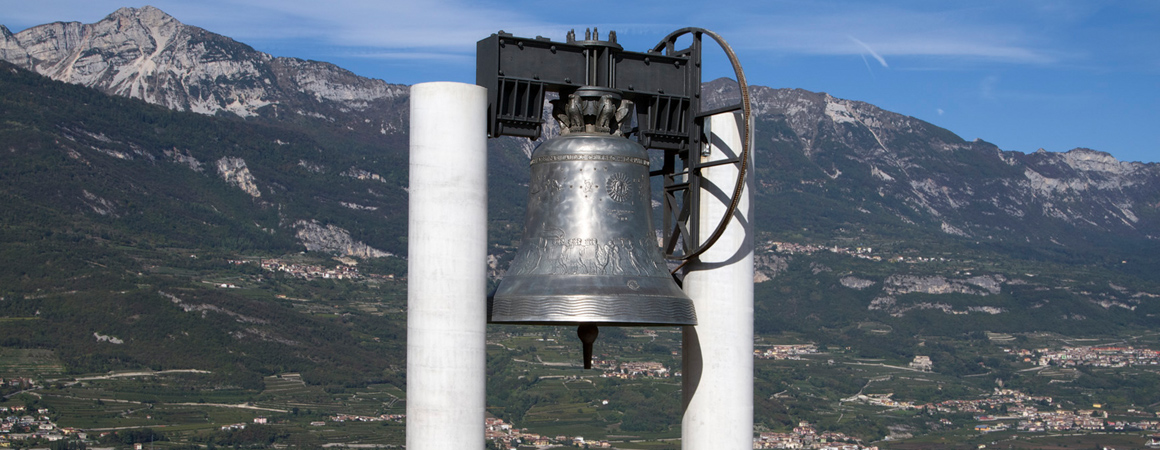SEMINAR AT THE BELL
ANTI-POVERTY INSTRUMENTS
Seventeen goals were adopted by the UN General Assembly in 2015 as part of the 2030 Agenda for Sustainable Development. They focus on global challenges such as poverty, inequality, environmental degradation, peace and justice.
The title of Goal 1 (end poverty in all its forms everywhere) suggests that different forms of poverty exist. The topic can also be addressed in the context of international law instruments on combating climate change. It is Goal 1 itself that makes this association when Goal 1.5 states that "by 2030 [we must] build the resilience of the poor and those in vulnerable situations, and reduce their exposure and vulnerability to climate-related extreme events and other economic, social and environmental shocks and disasters".
It should be noted that there is no definition of either poverty or vulnerability in these instruments. Climate science does not provide a definition of poverty, probably also because of the need to keep open the interpretation of a phenomenon that is in itself very complex, heterogeneous and multidimensional. The vulnerability that accompanies poverty may be due, for example, to age, gender, social and cultural background. In each case, the focus is on individuals as passive subjects. Furthermore, it must be considered that alongside the individual dimension there is the collective one. Consider, for example, the particular vulnerability of indigenous peoples to the effects of climate change.
Goal 1 not only focuses on individuals, but also States as passive subjects of the climate change phenomenon. Target 1.a states that by 2030 it is necessary to "Ensure significant mobilization of resources from a variety of sources, including through enhanced development cooperation, in order to provide adequate and predictable means for developing countries, in particular least developed countries, to implement programmes and policies to end poverty in all its dimensions".
It is true that this specific target does not mention climate change explicitly, but it is precisely towards developing States (think in particular of small islands) that the most important funding interventions of policies, for example, of adaptation, are directed.
The legal consequences of rising sea levels, especially for small islands, are currently being studied by a major UN commission: for example, how to deal with the possible relocation of entire populations to the territory of other States due to the disappearance of their national territory, and thus the need for humanitarian visas in the receiving State.
Thus, Goal 1, considered in relation to climate change, targets poverty and vulnerability of both individuals and States.
A 2019 UN report on extreme poverty and human rights states that 'climate change threatens the future of human rights and risks undoing the last 50 years of progress in development, global health and poverty reduction'. Without immediate action, climate change could push 120 million people into poverty by 2030. It also points out that 75-80 per cent of the costs of climate change will be borne by developing countries.
In the face of these data, what is the response of the international environmental instruments and, in particular, those for combating climate change? There are some 'entry points' of the poverty theme in the text of the most relevant documents.
The 1987 Brundtland Report, published by the United Nations World Commission on Environment and Development and entitled 'Our Common Future', argues that overexploitation of resources, such as land, in some areas of the world causes poverty. It states that there is a vicious circle between poverty leading to environmental degradation, and in turn environmental degradation leading to further poverty: 'a world where poverty is endemic will always be prone to ecological catastrophes'.
Principle 5 of the 1992 Rio Declaration on Environment and Development specifies that "all States and peoples must cooperate in the essential task of eradicating poverty as a prerequisite for sustainable development in order to reduce inequalities in living standards and better meet the needs of the majority of the world's people". Also in terms of international cooperation, UN General Assembly Resolution No. 55/2 of 2000 calls on States to 'make every effort to ensure the entry into force of the Kyoto Protocol'. With this reference, climate agreements come into play.
The successor to the Kyoto Protocol is the Paris Agreement and we also find references to the issue of poverty in the latter. For example, in General Objective 2 where it is stipulated that States should 'strive' to reduce the concentration of greenhouse gases in the atmosphere, it is also stated that these efforts should be made in the context of 'efforts to eradicate poverty'.
Here we are moving on very sensitive political ground. The States disagree on how to cooperate to achieve the goals. Many countries believe that climate action should remain a discretionary prerogative of the State, moreover only governmental, without interference from the judiciary. In any case, even the States just mentioned agree that special attention should be paid to the poorest and most vulnerable countries.
Elena Fasoli








